What does aphid look like on tomatoes and how to get rid of it?
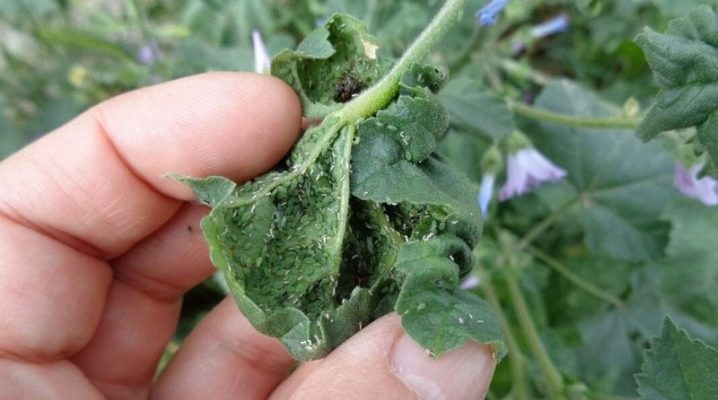
Aphids often attack tomato bushes, and this applies to both adult plants and seedlings. It is necessary to fight this parasite, otherwise there is a risk of being left without a crop. Read about how to get rid of a pest using mechanical, chemical and folk remedies in this article.

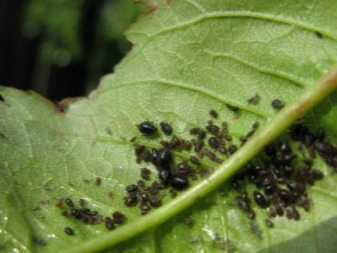
Description of species
Tomatoes are often attacked by such harmful insects as aphids. This parasite has several varieties. These include white (or root) aphids. This is a small insect, which is quite difficult to notice if you do not search for it purposefully. The reason for this is the place of residence of the parasite: it lives in the upper layers of the soil. In addition, the size of this aphid is almost microscopic, and the color can vary from white to reddish. This parasite attacks the root part of tomatoes, which noticeably affects the entire plant: the bush withers and withers, as it lacks oxygen, water and nutrients. This insect also reproduces in the soil, where it lays eggs, which are activated for the next season, having successfully survived the winter.
The melon aphid is another parasite that actively eats tomato bushes. This is a small black midge, the size of which does not exceed 2 millimeters. At the same time, only individuals with wings have a black color, while the rest are distinguished by a greenish color. These pests are activated mainly in June, if we talk about plants that are grown in greenhouse conditions. In the open field, they can be spotted in July or August.
The potato aphid is another species that actively attacks tomato bushes. This insect looks different. So, wingless individuals usually have a red color, and the rest are light green. This parasite can infect tomatoes both outdoors and indoors.
Another type of aphid that can be found on tomatoes somewhat less often is tobacco aphid. Usually, it attacks tomato bushes only if peach trees grow nearby - it is on their buds on the crown that the parasite hibernates.
In summer, this pest reproduces very actively and begins to devour tomatoes. By the end of the season, the parasite moves back to the peach trees to survive the winter there.
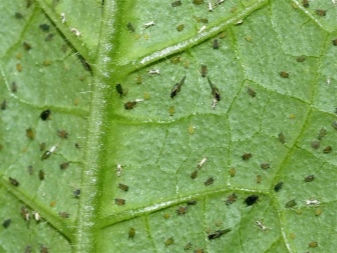
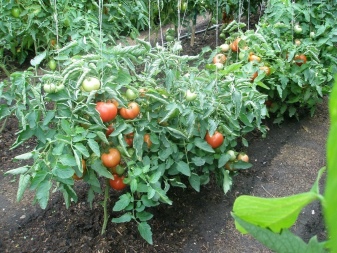
Mechanical methods of struggle
The mechanical method of control is recommended to be used only if small parasites have not yet had time to breed. Otherwise, it is better to use chemicals or folk remedies so as not to aggravate the situation. If you nevertheless decide to use mechanical methods of struggle, then you can use a hose, namely a stream of water from it, which needs to wash each bush. This procedure will need to be carried out several times in order for the aphid to leave the tomatoes. However, it is worth considering that the pest is most likely to hide in the soil layers, and therefore, most likely, you will need additional processing with special and stronger means.
You can also crush vermin by pinching them between tomato leaves. This method also does not differ in efficiency, especially when it comes to advanced cases. It is recommended to use it only in cases where there are not many parasites left on the bushes. For example, after previous processing.You can also use beneficial insects that actively feed on aphids - some call this method of control biological. These insect helpers include the ladybug, lacewing and sand wasp. They do not harm cultivated plants, but they help get rid of the pest on the site.
There is also a more radical method of struggle - uprooting and subsequent burning of a tomato bush. However, they use this method only in those cases if the bush was severely affected and it will no longer be possible to save it.
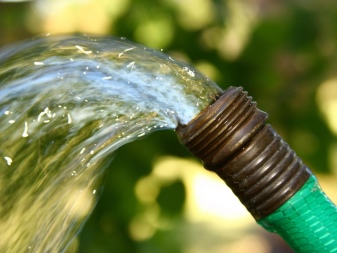
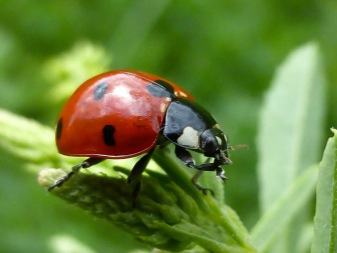
How can the bushes be processed?
If aphids have started up on your tomato bushes, then they can be sprayed with special chemicals. They are highly effective and efficient: aphids will disappear after the first or second treatment - just sprinkle the bushes with a product. However, not all summer residents like chemicals, due to the high toxicity of such drugs. They can not only help you get rid of parasites, but also scare away beneficial insects, such as pollinators, from plants. Moreover, if used improperly, there is a risk of harm to yourself or your pets. For this reason, such methods of struggle are mainly used only in advanced cases, when other means are powerless.
The most popular and effective drugs include Biotlin, Iskra, Karbofos, Aktara, Fitoverm, Tanrek and bleach. Before using these funds, we strongly recommend that you read the instructions for their use, which is located on the package. At the same time, we note that you should not neglect the dosage of funds by increasing it - later this may not have the best effect on the state of your plantings.
When using chemical agents, we also recommend that you strictly follow the safety rules and use protective equipment, in particular a mask and gloves, in order to avoid getting the toxic agent on the mucous membranes or in the respiratory tract. It is also worth noting that all of the above-mentioned industrial products are allowed to be used only during the growth of the shoots. Further, when the first tomato ovaries begin to form, they cannot be used. Otherwise, toxic substances will begin to accumulate in the fruits, which subsequently may not have the best effect on human health.
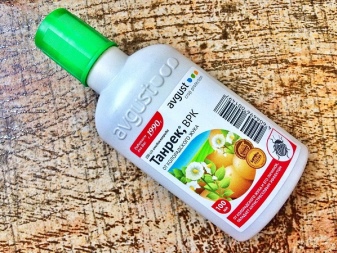
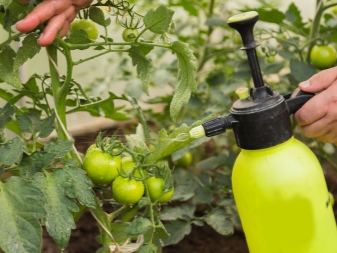
Overview of folk remedies
Folk remedies are distinguished by their non-toxicity and economy in terms of preparation, they can be used even at a time when the plant has already appeared fruits. You can prepare them at home using available tools such as mustard, soap, ash, or garlic. However, it should be noted that such compositions are less effective than chemical ones, and therefore it is recommended to use them only if the aphid has not yet had time to breed.
Ammonia
A solution based on ammonia can be considered the easiest in terms of preparation. You just need to dilute 2 tablespoons of this product in 10 liters of water, and then start processing. If desired, it is allowed to add a little soap to the solution - this will help the product to gain a foothold on the foliage. Treatment with this agent is recommended to be carried out at intervals of 3 days, without fear of accidentally getting the solution onto the plant itself.
Please note that during the period of such treatments, it is recommended to stop fertilizing the soil with nitrogen fertilizers, since alcohol already contains a large amount of nitrogen.

Soap
A solution based on laundry soap is quite simple to prepare. To do this, you need 20 grams of the basic product, a glass of ash, and a bucket of water. All this must be thoroughly mixed. After that, the composition can be used for treatments, watering them at intervals of a day.
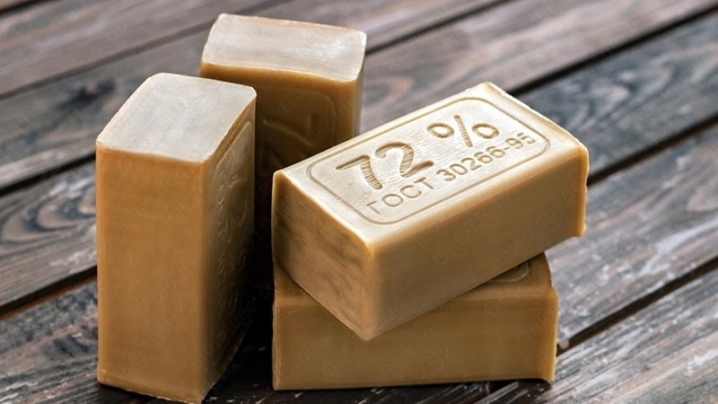
Garlic
Garlic infusion is another remedy that can kill aphids if they attacked your tomatoes.It is prepared very simply. You will need a glass of minced garlic and 10 liters of water. All this must be mixed and left to infuse for a day. After that, the solution must be boiled for half an hour. Next, soap is added to it. After that, it is required to water the plants with infusion, this should be done at intervals of 3 days.
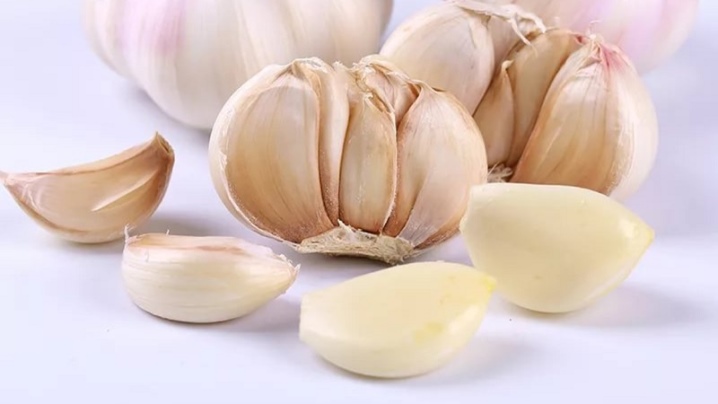
Soda
Baking soda is also a great aphid control aid. A solution based on it is prepared as follows: 10 liters of boiled water are combined with 75 grams of this substance, after which everything is thoroughly mixed. You can add some laundry soap if you like. Next, you need to spray, this should be done in dry weather, in the late afternoon, with a frequency of 2-3 days.
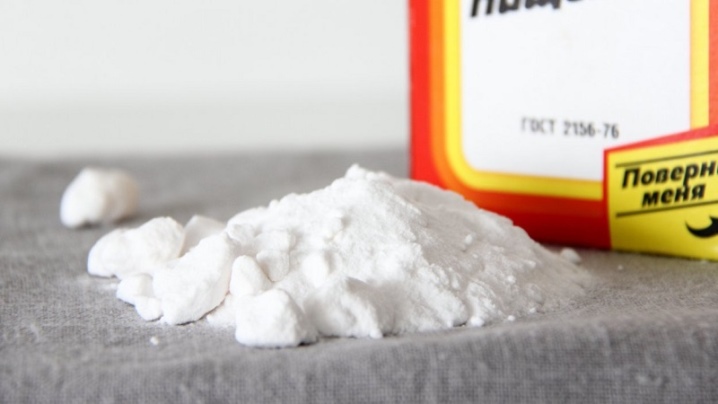
Celandine
A solution of celandine is prepared as follows: 1/10 of a bucket is filled with foliage and stems of the main component, after which all this is filled with water to the brim. Next, the tincture should stand for about a day, after which it is carefully filtered and used for spraying.
Treatments should be carried out at intervals of 7-10 days - until the aphids leave the beds.

Onion peel
This is another infusion that will help in the fight against harmful aphids. It is prepared from 0.2 kilograms of onion husks, a glass of ash and 10 liters of hot water. All this should be infused for 24 hours. After that, the solution is filtered, laundry soap is added to it to fix the product on the foliage, and then spraying is carried out at intervals of 7-10 days.
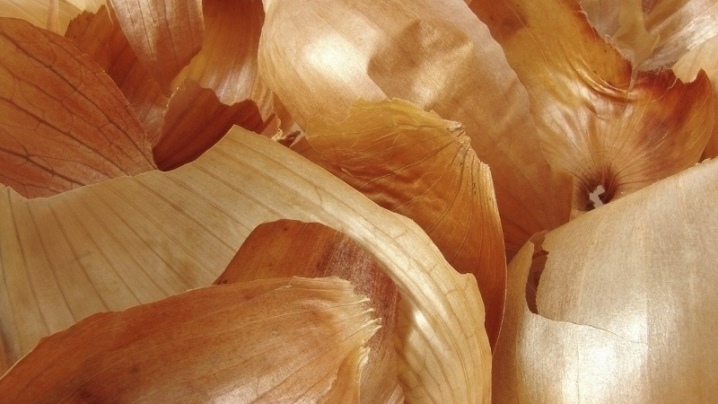
Tobacco
Tobacco infusion is prepared from the following ingredients: 0.2 kilograms of tobacco, 30 grams of laundry soap and 5 liters of boiled water. All this must be mixed and left to infuse for 2 hours. After this time, you can spray the bushes, this should be done at intervals of 5 days.
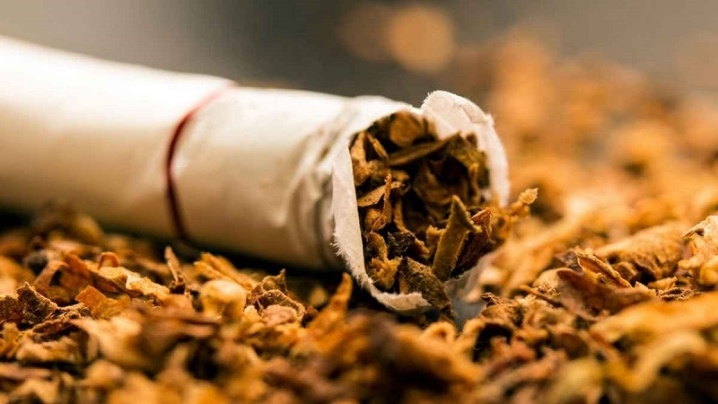
Marigold
Marigold tincture is also not difficult in terms of preparation. To create it, you need half a bucket of foliage and marigold stalks, which must be crushed beforehand, and 5 liters of water. All this should be infused for 2 days, after which 40 grams of laundry soap and another 10 liters of water are added to the solution. After that, processing can be carried out. This should be done in the morning or in the evening at intervals of 5 days.
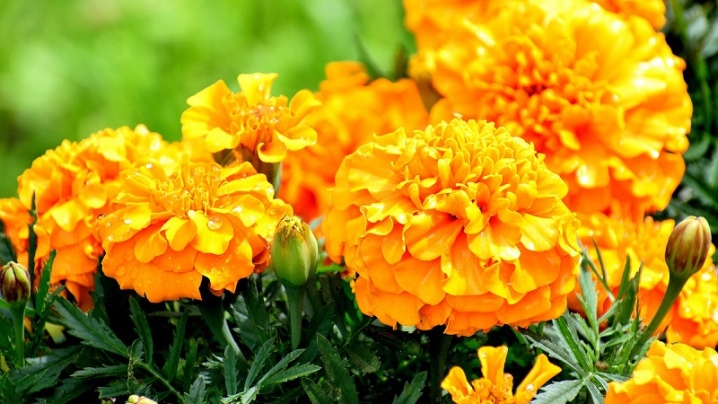
Citrus peels
Another effective tool that will help you fight harmful insects. To prepare it, you need 0.1 kilograms of dried citrus peels and a liter of warm water. All this must be mixed and left to tincture for three days. After the required time has elapsed, the solution is filtered and sprayed with diseased plants. If the aphid has not gone away, then the procedure must be repeated after 5 days.
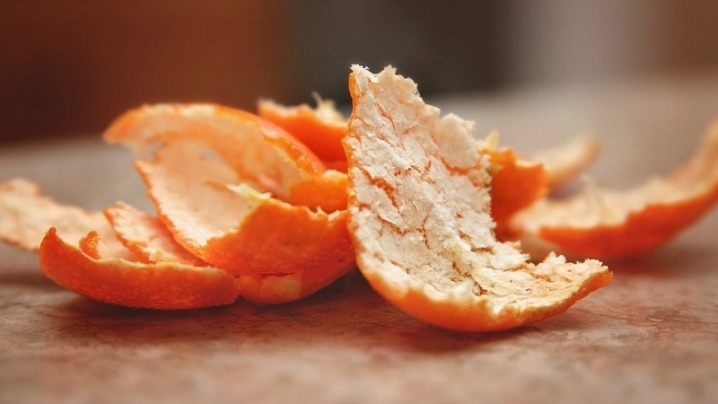
Processing tips
First of all, it must be said that during flowering and fruiting, it is strictly forbidden to spray with toxic substances. The treatment itself must be carried out either in the morning or in the evening, otherwise there is a risk that your tomato bush will get a burn, which in the future will not have the best effect on its condition. In this case, it is advisable to process in dry weather, otherwise, if it rains, the product will simply wash off, because of which you will not see the desired effect, and the treatment will have to be repeated.
In a greenhouse, where parasites appear somewhat more often, due to the comfortable conditions for them, all the same means can be used for processing as for beds in open ground. When processing plants, pay attention not only to the top leaves.
Thoroughly walk through the entire plant, touching both sides of the leaf plate and preferably the soil - often this is where harmful insects hide.
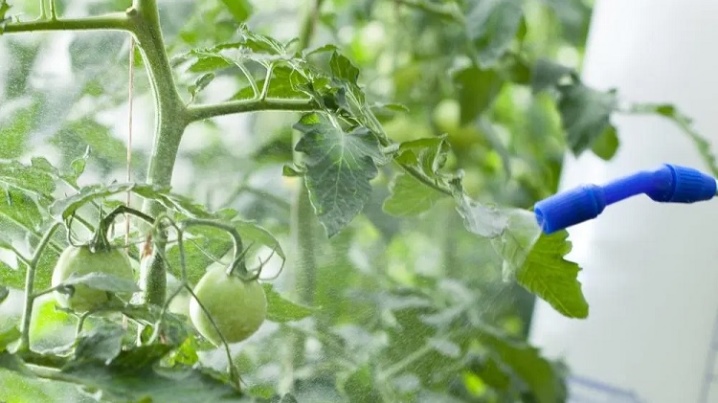
Prevention measures
Preventive measures help to avoid the appearance of parasites, and it does not matter where the tomato bush grows: in greenhouse conditions or in open ground. So, First of all, you need to regularly inspect plants for the presence of parasites. This will help to notice the pest in time and prevent an increase in its population.Process the planting periodically for prophylaxis. This can be done even if there are no parasites in the garden. For processing, it is recommended to use folk remedies.
Eliminate weeds, because they are the main carriers of harmful insects. Plants that repel aphids can be planted near the beds. Typically, these plants have a strong odor - these include garlic and onions. Attract beneficial insects to the beds, in particular ladybirds. They do not harm cultivated plants, but they very willingly eliminate aphids, using them as food. If you grow plants in a greenhouse, regularly ventilate the room: in conditions of high temperature and the same humidity, not only parasites, but also fungi actively multiply.
Be sure to remove old foliage from the site by burning. It is in it that parasites and their larvae can hibernate, and spores of harmful fungi can also remain there. Having survived the winter, they will certainly activate closer to the warm time, thereby creating problems.
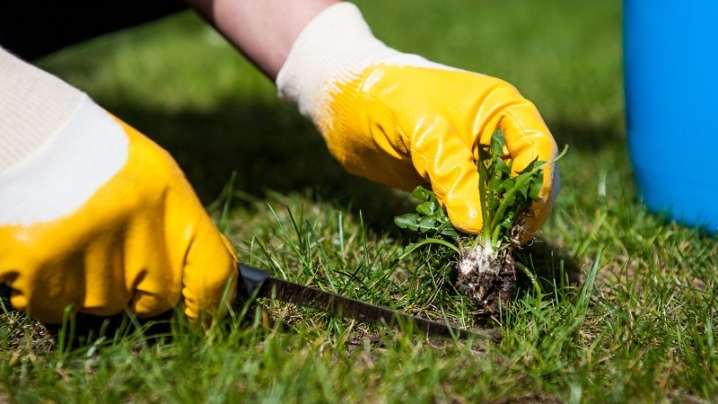













The comment was sent successfully.